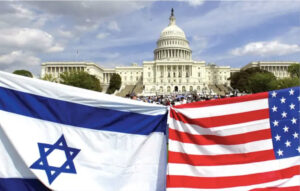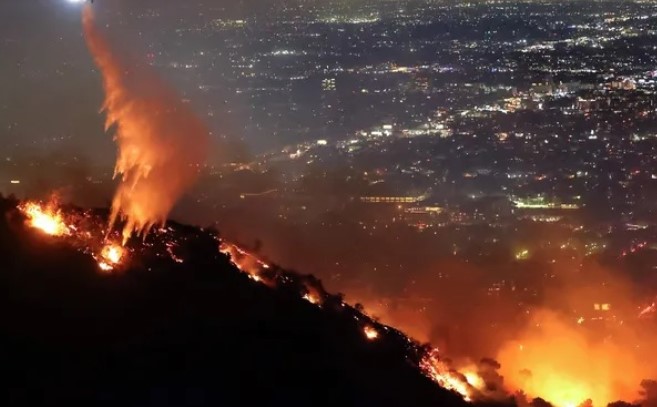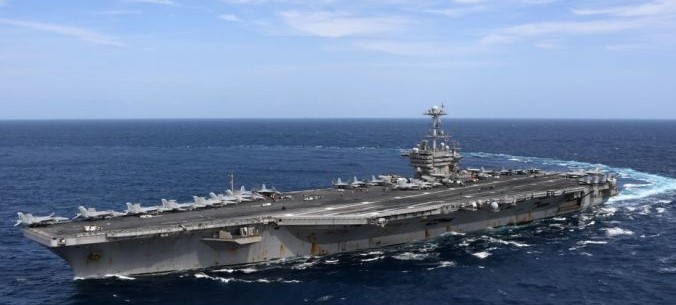
STRATEGIC ASSESSMENT. Israel’s war against Hamas in the Gaza Strip, a consequence of the brutal Hamas incursion into southern Israel on October 7, has stimulated maneuvering among Palestinians who might seek a role in a post-Hamas governing structure in the Gaza Strip and the broader Palestinian territories. Yet, many of the schisms and disputes between those jockeying for power still persist. Palestinian political infighting has already begun to surface as international leaders discuss how to stabilize Gaza if and when Israeli forces depart that territory. U.S. officials, including Secretary of State Antony Blinken, who has made four visits to Israel since October 7, are discussing with key Arab leaders a post-Hamas governing plan for Gaza. Based on comments by a wide range of U.S. and other officials, a broad consensus appears to be developing on the need, perhaps after an interim period, to restore Palestinian Authority (PA) control over Gaza. PA officials who belong to the Palestine Liberation Organization (PLO) and its dominant Fatah faction governed Gaza until 2007 when they were forcibly expelled by Hamas militants. A restoration of PA authority would unify Gaza and the West Bank under a singular Palestinian leadership that presumably recognizes Israel’s right to exist and supports negotiations to produce a Palestinian state alongside Israel (“two-state solution”). The U.S.-brokered Israeli-Palestinian Oslo Accords of the early 1990s established the PA, albeit with limited powers, and raised Palestinian expectations that they would eventually be able to establish an independent Palestinian state. Experts note that, even though Hamas publicly rejects peace with Israel and the Oslo Accords, the movement rose to power in Gaza on the back of success against Fatah candidates in the 2006 Palestinian Legislative Council (PLC) elections – a vote held as part of the Oslo peace process with Israel.

Some experts paint a more dire outcome: they assert that U.S. and Israeli plans for a post-war Gaza will inevitably fail because Hamas’ rejectionist ideology will persist, and militant Hamas leaders will remain active after the war. The commanders and fighters from Hamas’ military wing, the Izz ad-Din al-Qassam Brigades, reject any compromise with Israel and vow not to abandon their fight against the Israel Defense Forces (IDF). At present, the military component of Hamas is led by Mohammed Deif, who reportedly is commanding Hamas forces trying to counter the IDF offensive in Gaza. Those Hamas commanders and fighters who survive the war will, according to many forecasts, seek to return to power in Gaza or, at the very least, frustrate efforts by any future entity to govern Gaza and compromise with Israel.
Recent events highlighted a possible divide between Hamas’s political and military wings. Reports indicate that the October 7 attack may have been planned by the Hamas military wing without the direct knowledge or approval of the Hamas political leadership in order to ensure operational security and minimize the potential for leakage to Israeli human intelligence sources. The presence of Hamas political leaders in regional capitals has subjected many of them to suggestions by Arab leaders to recognize Israel and support negotiations on a final Israeli-Palestinian settlement under the two-state solution. Ismail Haniyeh, the head of the Hamas Political Bureau who has been in exile since 2019, may be attempting to position himself for a role in post-war Palestinian politics. As Israel’s offensive actions ramp up, Haniyeh stated that he and other Hamas political leaders supported “opening a political track toward a Palestinian state with Jerusalem as its capital.” Following the Hamas victory in the 2006 elections, Haniyeh served as PA Prime Minister, working with PLO/Fatah officials, including PA President Mahmoud Abbas, until Hamas forcibly overthrew the PA administration in Gaza in 2007. Another Hamas political leader, Ghazi Hamad, openly sided with the Hamas military wing by vowing to “fight until we annihilate Israel.” Still, others in Hamas, including Musa Abu Marzuq and Khaled Meshal, Haniyeh’s predecessor as chief of the Hamas Political Bureau, have also staked out positions suggesting that they could challenge any effort of reconciliation with Israel. The lack of legitimacy of the PA, PA President Abbas’ sidelining of his rivals, and the absence of any clear Fatah/PLO candidate to lead Gaza will complicate international efforts to stabilize and rebuild Gaza.

Some Fatah officials have continued to serve in Gaza government posts since Hamas expelled Fatah leaders in 2007, but they are not nearly as prominent as Fatah leaders associated with the PA government in Ramallah. The 87-year-old PA President Abbas called but then canceled national elections planned for 2021 when rival Fatah election lists proliferated that would threaten his grip on power. Mohammed Dahlan, the Fatah leader whom Abbas expelled from the party in 2011 and exiled, is a name that has surfaced as angling to make a return, although his connections to external countries, namely the United Arab Emirates, could make him an unpopular choice among Palestinians. Accordingly, Abbas is certain to try to block Dahlan’s return to politics as head of a PA administration in Gaza or in some other role. Marwan Barghouti, a popular former leader of the militant group Al Aqsa Martyrs Brigades, has been incarcerated since 2002 for anti-Israel violence, with no signs that Israel is willing to release him. Barghouti’s incarceration means he will be unable to help rejuvenate Fatah, as well as the PLO, should the Palestinian leadership in the West Bank be tapped to resume governing in Gaza. Not only are Fatah/PLO leaders poorly positioned to reabsorb Gaza into their governing structure, but they are also wrestling with the hemorrhaging of their West Bank support to Hamas as tensions between Israel and the West Bank Palestinians escalate. What political legitimacy Fatah/PLO leaders still have is in danger of being further eroded due to growing violence in the West Bank. On the other hand, Fatah leaders might benefit from the renewed attention they will receive as potentially pivotal figures in U.S., Israeli, and Arab efforts to stabilize a post-Hamas Gaza.
Stabilization efforts in the Strip will require billions in reconstruction funding as well as constant diplomatic engagement. Moreover, given Iran’s sponsorship of Hamas as part of its “axis of resistance,” Tehran will surely be maneuvering to maximize the political clout of its preferred patrons in any future settlement. In a post-war period, significant diplomatic pressure will be placed on Israeli leaders to offer the Palestinians compromises that Israel had been able to easily dismiss in recent years – potentially energizing the ossified PA government to address its seemingly intractable internal disputes. More problematic for Fatah leaders, however, is whether they would be able to work cooperatively with members of Hamas’ political bureau who might, in the aftermath of Israel’s military operations, seek to regain their former positions in Palestinian and Gazan politics.




